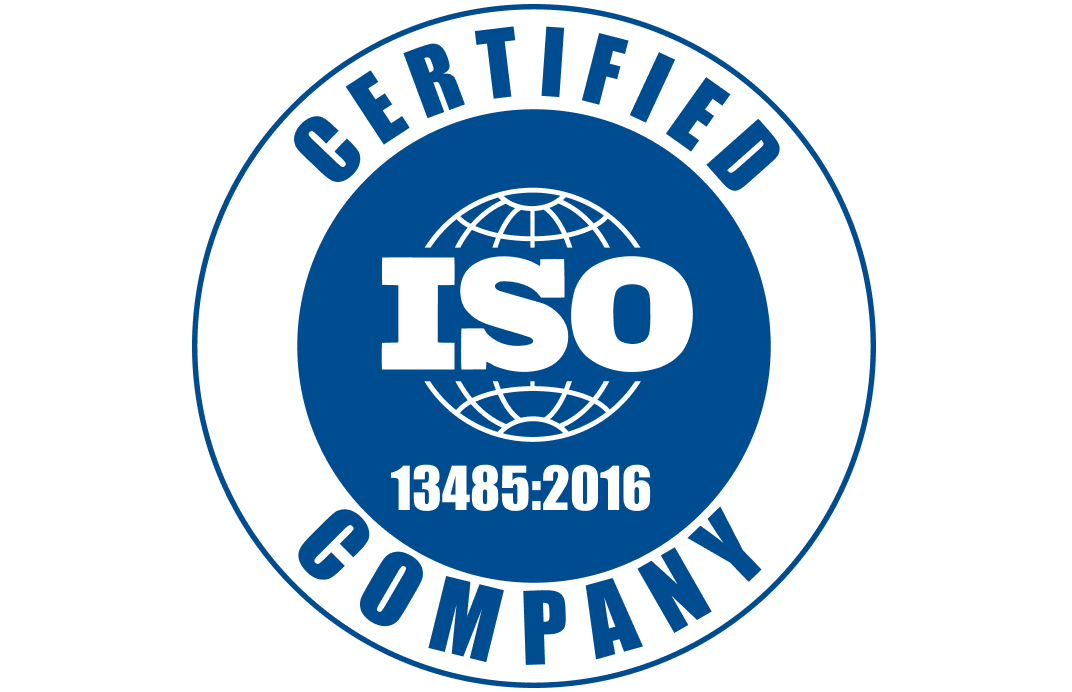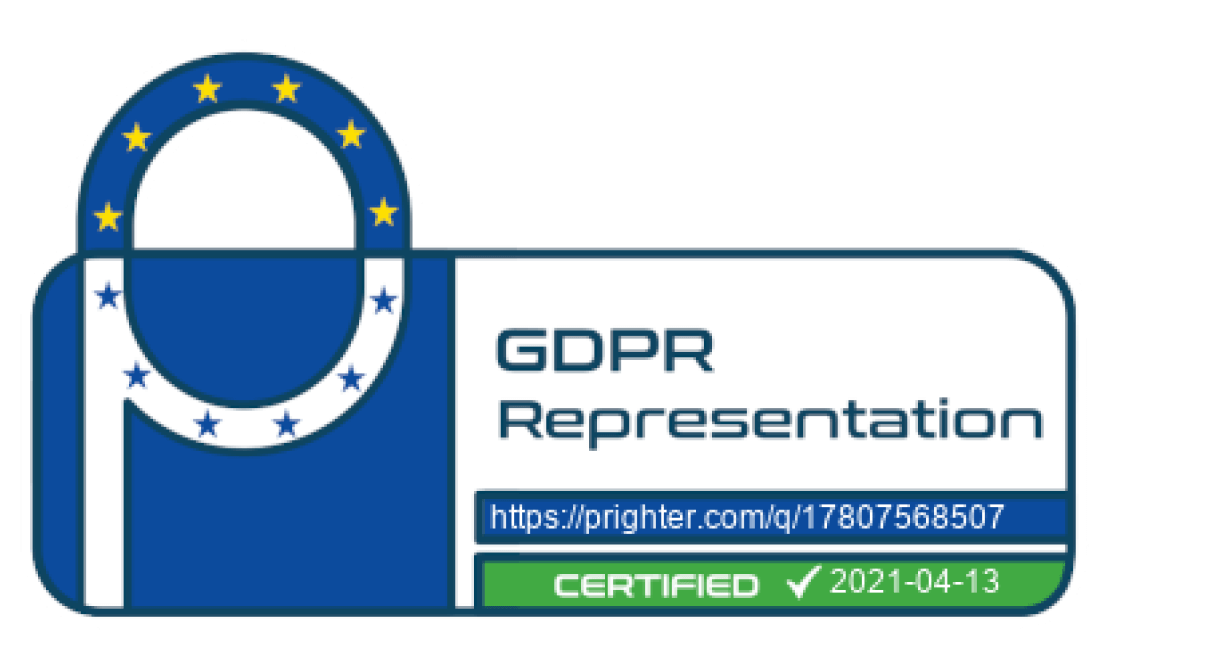Watch this Space: Shared-Value Insurance is Set to Improve Global Health
Did you know that by the year 2030, 70% of global deaths and 56% of the global burden of disease will be from non-communicable diseases, diseases closely related to lifestyle and behavior? According to the WHO, these diseases, also known as non-communicable diseases, result in chronic diseases, “which are currently a major public health problem worldwide that imposes a considerable economic burden on health services.”
Of course, this is horrible news, but it’s in everyone’s hands to change it for the better, and by implementing the shared-value insurance model, insurers can play a prominent role in that change. This is because non-communicable diseases are closely related to modifiable risk factors that the insurance industry is uniquely positioned to help clients improve. If successful – these insurers will also be able to move the needle on their own bottom line, reducing risk and preventing a large number of claims. It’s a win/win. Let’s break down how it works for today’s businesses.
The shared-value model in practice
The concept was originally put forward by Michael Porter and Mark Kramer, and then later applied to the insurance industry by colleague Marc Pfitzer et al, both in the Harvard Business Review. Insurance is called a “natural shared-value industry”, because insurers “can directly “monetize” better individual behavior as healthier or safer individual outcomes, lower claims costs, and improve risk pools, which can be translated into lower-priced premiums and a competitive advantage in the marketplace.”
Just like in any shared-value ecosystem, the community benefits in terms of economic or social conditions, and the policies and processes of the company enhances its competitiveness in the market at the same time.
Insurers are uniquely positioned to implement the shared-value model, for two reasons. First, their own interests are the same as their clients – they both want to reduce the number of claims, which can only be achieved by subsequently reducing the number of diseases and improving societal conditions. Second, through their use of data and the ability to offer incentives, insurers are able to reach their clients, understand their needs, and change their behaviors with greater impact than most other businesses.
There are already examples of the shared-value insurance model in practice today. Vitality UK is a famous example, a company that offers rewards and incentives to its customers for lifestyle-based activities such as high step counts or staying active.
How does behavioral economics work when operating a shared-value model?
Let’s continue with our example of Vitality, who are already successfully using the shared-value model to great effect. Vitality describes four principles of behavioral economics that, when implemented intelligently, can revolutionize value for the client and the business.
- Gain framing: This helps the customer to see their behavior in the context of a reward or an incentive that they want to achieve, or conversely, to recognize their behavior in terms of avoiding something that they don’t want to happen. Insurers can offer clients the ability to monitor their behaviors and health status, and then reward healthy behaviors such as exercise, regular health checks, doctor’s visits, and improved vital signs. This frames the healthy behaviors in the context of receiving the rewards.
- Loss aversion: No one wants to lose out on a discount or a great deal. Insurers can use loss aversion to motivate their clients through dynamically-priced premiums. If behaviors and health parameters are within a healthy range, reductions in premiums can be offered automatically. The greater risk a client’s behavior and health parameters indicate, the higher their costs for insurance would be. This can be reviewed periodically, or set to change in real-time.
- Immediate rewards: Sometimes people need that instant gratification. Health and wellness is something that changes slowly over time, and so it’s that much easier for people to ignore. Insurers can change all that, by offering immediate consequences to clients (both risks and rewards!) which allow them to see the impact of their actions in real-time. This could be anything from vouchers for a free cinema ticket, to discounts at popular stores.
- Goal setting: Science tells us that setting goals that matter has a huge impact on whether we achieve what we’ve set out to do. What matters more than health and wellbeing? With the right technology in place, insurers can support their clients in setting measurable goals and then monitoring the progress over time. This could be as simple as “have I reached my step count goal for the week?” or as complex as “have my blood pressure numbers stabilized over the past two months?”
Changing the way people think about insurance
Insurance was traditionally seen as a zero-sum game, where the insurer wins out at the expense of the client. However, with a shared-value model this no longer has to be the case. By encouraging and empowering users to make healthy behavioral change, the rate of claims substantially reduces, and the business can channel added revenues towards greater incentives and more customer-focused projects. I am already seeing our insurance customers use this model to see increased revenues, a greater number of sales, and a more involved and mindful user base. As the shared value model spreads, we could even change the world through positive social impact.
With the shared-value model, the zero-sum game is a thing of the past, allowing the insurer to see their own tangible benefits in the form of greater profits on their bottom line, and the clients to benefit from greater health and even money back in their pockets from reduced premiums and fees. On a macro level, society benefits most of all, with healthier people, reduced costs of healthcare, and a more mindful, wellness-focused approach to the way we live our lives.
Our insurance customers are already using Binah.ai to incentivize simple remote health and wellness checks directly from their customer applications. Want to see how it works? Let’s schedule a demo.

 close
close




